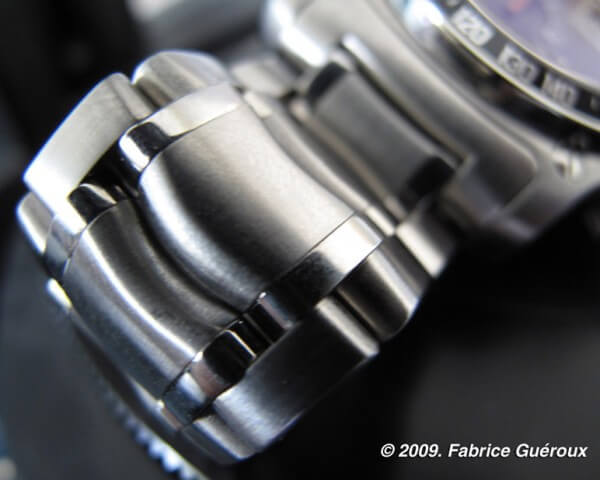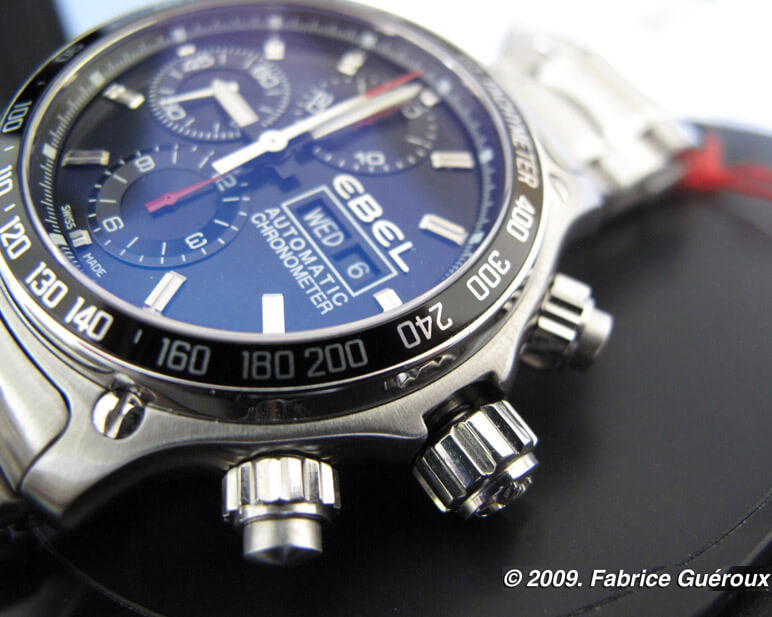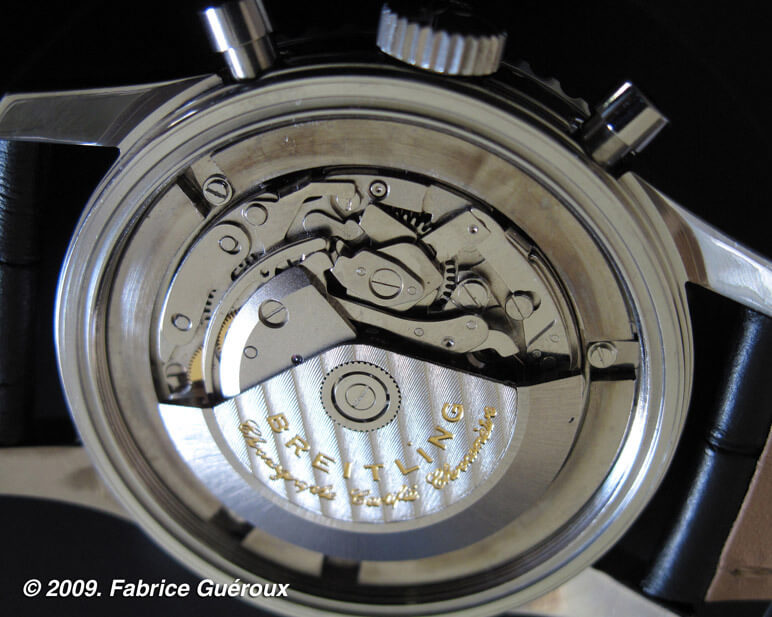This year 2009 will have been marked by an unprecedented development in the counterfeit watch market. In a challenging economy, a drop in revenues for leading brands can easily equate with growing sales of counterfeit products, when demand for authentic timepieces is as strong as ever but the means to purchase them are less in evidence. One can also note that high-end timepieces, those with prices from €6,000 to over €50,000, have been most affected by recession. The most expensive models are aimed at collectors who, though passionate about Fine Watches, are no less astute investors. Prices of counterfeit watches cover less of a range, with differences depending mostly on the quality of the materials used. A “customer” can expect to pay no more than €600 to €700 for a “quality” counterfeit watch.
This raises another important point concerning fakes: the importance of movements. Two years ago, movement quality barely registered on counterfeiters’ radar (poor quality copies of ETA calibres sufficed). Now they are high priority. More and more brands have “lifted the bonnet” on their new models so that customers can appreciate the quality of the engine inside. Counterfeiters have taken note of this trend, quickly observing that buyers appreciate this kind of detail. The result is a growing number of fake watches equipped with movements whose quality has improved by a worrying degree (see the first article below).

Actions that lack impact
Lack of information means Internet users are snapping up products that offer irresistible value for money, just a few clicks away. What they may not realise is that they are fuelling the latest and virtually risk-free outlet for organised crime. Which brings us back to this “lack of information.” A consumer can easily plead ignorance while claiming their one purchase has no impact on the shortfall in revenues for manufacturers of genuine Swiss watches.
Until now, the war on counterfeiting was fought on various fronts – investigations, seizures, arrests, dismantling clandestine networks, etc. – and considerable progress has been made in these areas over recent years. Hard-hitting campaigns warning consumers of the risks of criminal prosecution then took over, followed by campaigns informing about the cost on the economy, brands and jobs. Yet if the figures can be believed, none of these actions have succeeded in turning buyers away from this expanding market.
What are these figures? In 1982, counterfeiting generated USD 5 billion overall. Today, these revenues border on USD 250 billion in a market where the risks are far less than for drug trafficking or similar crimes.
Counterfeiting and crime
At one time, counterfeiting attracted the occasional organised gang. The situation is very different today. Of the 17 biggest criminal organisations worldwide, 14 are involved in trafficking counterfeit goods (DVDs, pharmaceuticals, watches, clothes, etc.). If this isn’t enough to convince the public of the type of activity they are encouraging when they buy fakes, they should also know that six of these 17 organisations are also involved in exploiting workers, money laundering, illegal money transfers, prostitution, drug trafficking and arms dealing.
In this context, the Internet is an effective means of diverting the attention of consumers who look no further than the attractively designed website displaying authentic-looking products (on the photos only) at prices no “competitor” can hope to match. Consumers must realise the consequences of their acts; they must see the wider picture beyond the coveted object on their wrist. This is all the more true as the risks and repercussions for people who buy fakes, not least legal sanctions, are far from negligible. They are also in danger of falling victim to other equally reprehensible activities (see the second article below).















